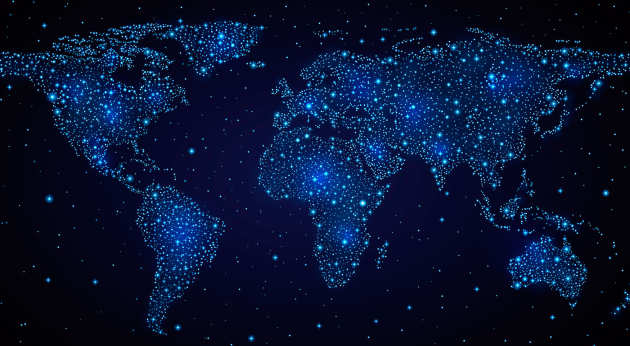Global change ecology and biogeography of human infectious disease
 In this project, we are adapting and applying ‘biogeographic’ methods from ecology and biodiversity science to probe what factors drive the combined global distributions of human infectious diseases. Human infectious diseases serve as an excellent model system for this project given:
In this project, we are adapting and applying ‘biogeographic’ methods from ecology and biodiversity science to probe what factors drive the combined global distributions of human infectious diseases. Human infectious diseases serve as an excellent model system for this project given:
- the relatively rich data on the geographical occurrence of a large number of diseases that can be obtained and collated for analysis,
- the dependence of many human diseases on physical and ecological systems, including for example, climate and biodiversity,
- the very clear signal that is emerging linking human infectious disease emergence and changes in infectious disease distributions to a range of large scale global environmental changes, such as human population growth and connectivity, climate changes, land-use changes and biodiversity loss.
A biogeographic framework helps shed light on the underlying barriers to infectious disease dispersal at a global scale, reveal what properties allow some infectious diseases to overcome these barriers to become pandemics, and decompose the risk factors that link global environmental change to the emergence of infectious diseases more broadly, potentially facilitating forecasting of disease risks under future climate, land-use and demographic scenarios. Potential applications range from outbreak investigation, pathogen discovery efforts, risk assessments and disease surveillance to disease management and mitigation.
Find out more

News: Study shows that infectious diseases resist globalisation
Publications
Murray, K. A., N. Preston, T. Allen, C. Zambrana-Torrelio, P. R. Hosseini, and P. Daszak. 2015. Global biogeography of human infectious diseases. Proceedings of the National Academy of Sciences. published ahead of print September 28, 2015, doi:10.1073/pnas.1507442112


